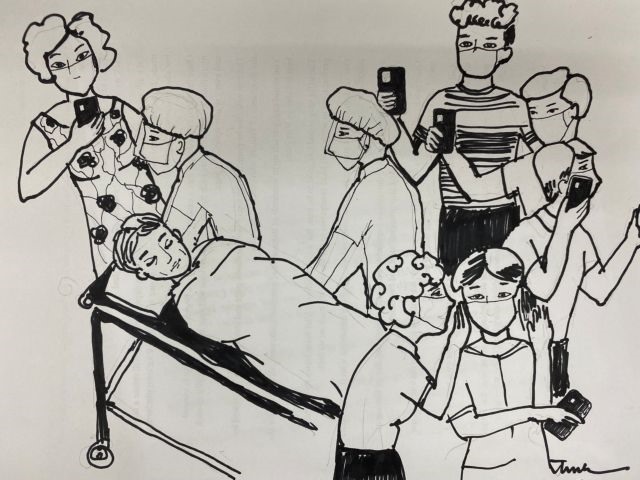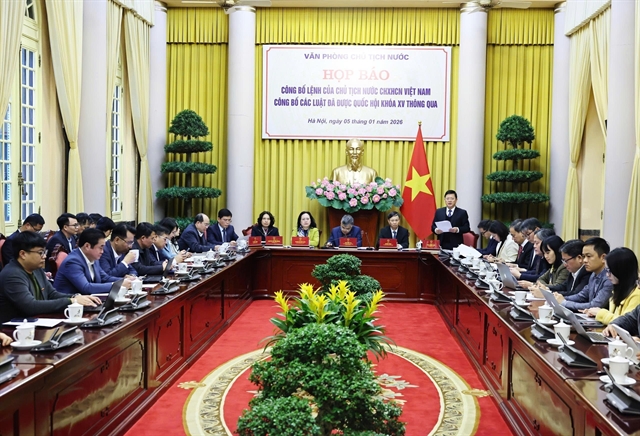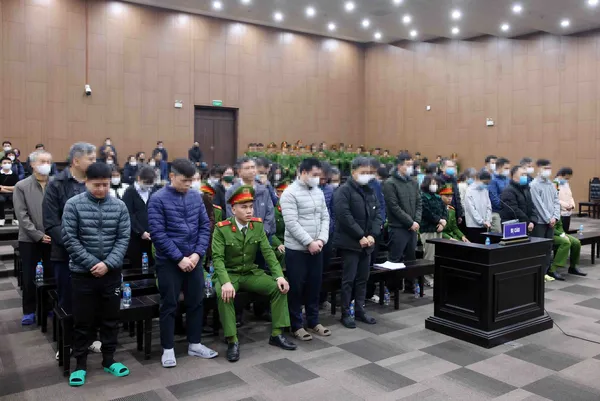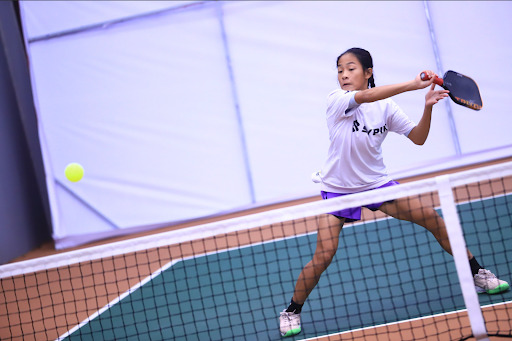 Talk Around Town
Talk Around Town

Say yes to smiles and thumbs up and say no to heartless photos and videos.

|
Illustrated by Kiều Trinh
Bích Hường
The COVID-19 pandemic has left visible and invisible impacts on our lives and updates on it are reported daily, hourly and even by the minute.
In Việt Nam, so far, the number of people who have caught the disease has been kept at a relatively low number, meaning information on almost every case is reported and watched closely.
The National Steering Committee for COVID-19 Prevention and Control issues two official notices at 6am and 6pm daily while other relevant information is publicised at different times.
In cases where there is a high possibility of a disease cluster, further information is provided including a patient's travel history and those who went to certain places at certain times related to the travel history are urged to report their health conditions and take coronavirus tests.
However, in some cases, information on COVID-19 patients has been spread on social networks before being officially announced by the committee.
Detailed information such as patients' full name, address and travel history has been made public online. Images of people thought to be suffering from COVID-19 have also been published. Mountains of comments, rumours, accusation and outrage tend to follow these posts, creating social stigma against COVID-19 patients and their families.
In this age of information and technology, anyone with a smartphone can be an amateur reporter using social media. Many of their readers either spend too little time verifying the information or don't care about its accuracy.
Some are easily swayed by the negative feelings that such rumours create and make negative comments. In worse situations, just with a click, many people share unofficial information that not only violates the privacy of COVID-19 patients but also emotionally hurts them.
According to the World Health Organization (WHO), the stigma associated with COVID-19 is based on three main factors. First, it is a disease that’s new and for which, there are still many unknown factors. Second, we are often afraid of the unknown. Third, it’s easy to associate that fear with “others”.
It is understandable that the public feels confused, anxious and afraid, but unfortunately, these feelings are fuelling harmful stereotypes.
The WHO also states that stigma can undermine social cohesion and prompt possible social isolation of groups, resulting in more severe health problems and difficulties controlling the disease outbreak.
Stigma can drive people to hide the illness to avoid discrimination, stop people from seeking health care immediately or discourage them from adopting healthy behaviour.
Be careful with your smartphone!
A male patient who recovered from COVID-19 and was discharged from hospital on Monday told online newspaper vietnamnet.vn that he was shocked and very confused during first days of having COVID-19.
He could sleep again only when all those who had been in contact with him had tested negative for SARS-CoV-2 after 14 days later.
The man reportedly self-isolated at home for 14 days after his family’s visit to Đà Nẵng City from July 16 to July 20. Two quick tests showed he was negative for the virus but the third test using the RT-PCR testing method on August 6 showed that he was positive.
“It was a big shock to me,” he said, adding that as a director of a food processing company, after home quarantine and negative testing results, he resumed working, meeting lots of his employees, customers and partners plus people living in the same apartment building with him.
“I couldn't sleep well for days because of insecure and guilty feelings,” he said, adding that during his treatment, he did not use any social network accounts or read the news to avoid negative feelings.
“Only when I recovered from COVID-19 did I read the published stories about me, learning that at the night I was confirmed positive for the virus, a lot of aggressive reactions and discrimination against me and my family appeared,” he said, asking for public understanding, tolerance and objectivity for COVID-19 patients.
A friend of mine who had COVID-19 a few months ago said that when she was suspected to be infected with the virus and taken to a quarantine centre in an ambulance, right after she showed up at her building’s entrance, there was a group of people waiting there, taking photos and videos of her.
“For the first time ever in my life, I felt that I was an A-class celebrity. Just kidding,” she said. “Honestly, they really made me feel like I was a criminal,” she said, noting that at that time, she had just had contact with a confirmed COVID-19 case and was not confirmed as infected yet.
A few days ago, she shared a note from her friend that called on people not to take videos or pictures of someone being taken to a quarantine area.
The note also suggested discouraging those who are making videos or taking photos.
“Instead, stand on your balcony or at your window or your gate a few feet away and give him/her a thumbs up. Wish him/her good luck and a speedy recovery,” the note said.
"Please understand how this person must be going through. Please respect him/her! Pray for him/her. Make him/her feel you are a good human being and do not spread panic and 'fear of insult' among others.”
This reminded me of a flight attendant on the special repatriation flight that brought home 219 Vietnamese workers from Equatorial Guinea with half of them confirmed positive for SARS-CoV-2 late last month.
Flight attendant Trương Anh Tú said that he saw first worker passengers getting on the plane holding national flags and President Hồ Chí Minh’s pictures.
“The passengers and flight attendants could only communicate with eye contact and nod to greet each other but I could feel their excitement and happiness to go home,” Tú said.
“As the plane landed in the Nội Bài Airport, the passengers clapped their hands at the same time, saying 'Home at last, we survive', which moved me a lot as it once again affirmed that I was part of a very special, meaningful flight,” Tú said.
“At that time, I believed that I would go home after a 14-day quarantine,” he said.
“If we had felt discrimination against COVID-19 patients, we would never have volunteered to work on a flight to bring them home,” he said.
Tú sadly added that flight attendants were also victims of rumours and stigma.
“Some said that we caught the virus from passengers and spread it to others,” Tú said.
I was sad to hear this but what stood out to me the most was how they communicated on the plane, with mainly body language and without discrimination, just with good feelings.
I wished my friend had received a thumbs up from the crowd at her house when she was on the way to the ambulance. If so, maybe she would have been stronger for her battle with the disease.
Say yes to smiles and thumbs up and no to heartless photos and videos. — VNS




